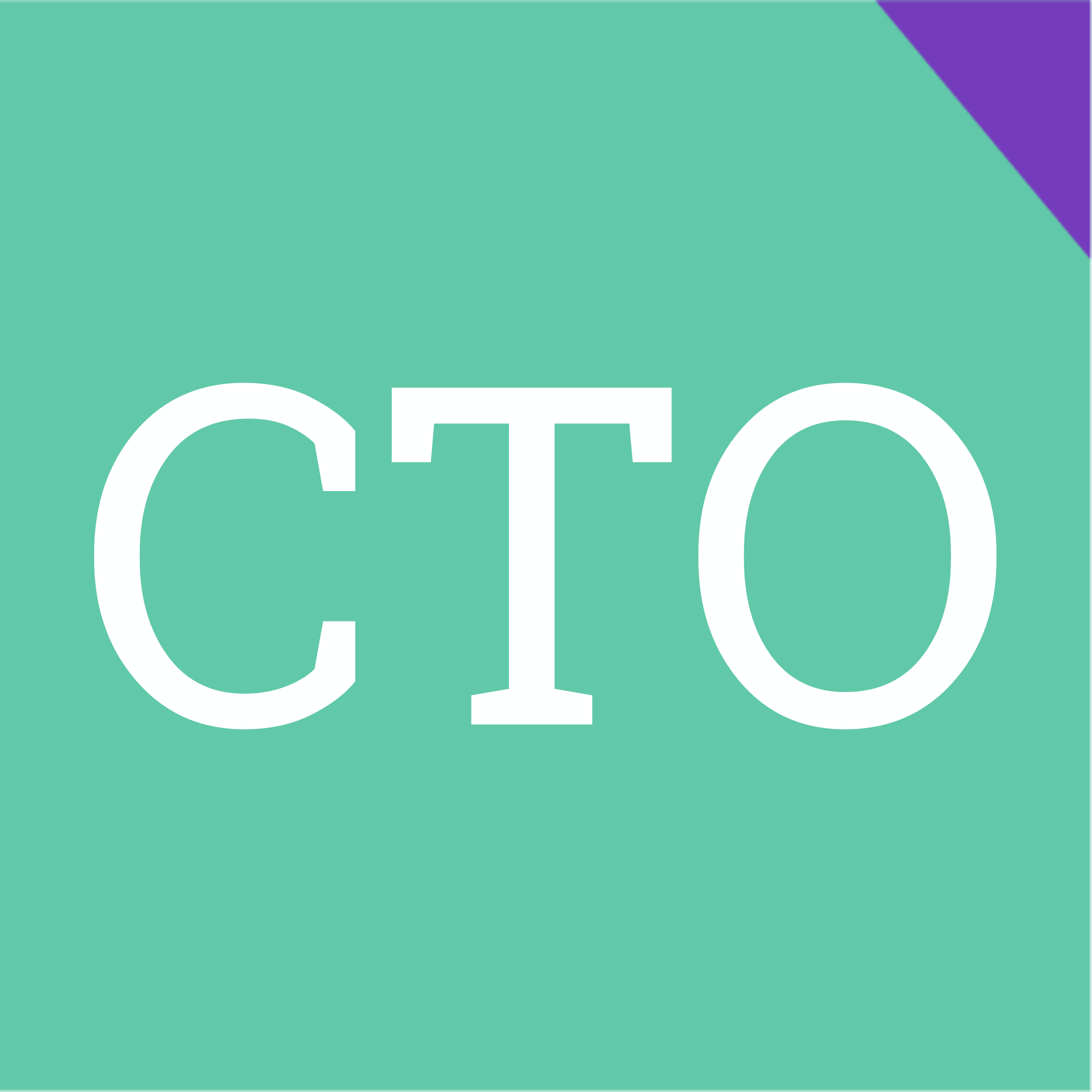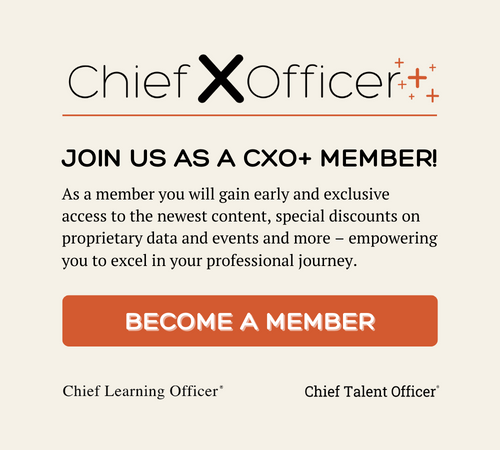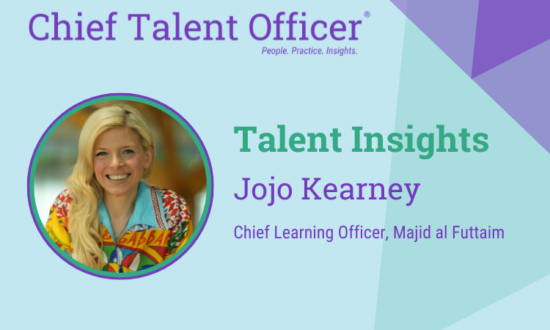The definition of learning governance is simple and direct: Learning governance consists of planning for learning, prioritizing investments in learning and managing those investments. However, as organizational perceptions shift from viewing learning as a cost center to a driver of enterprise value, enterprise-learning governance has become more important and more strategic to an organization’s ability to thrive in a dynamic business environment.
Best practices in learning governance will reflect important variables such as:
At the same time, certain universal principles are emerging that define best practices in learning governance across any and all organizations.
First and foremost, learning governance is no longer optional. Just as corporate governance has become a “sine qua non” in an era of complexity and transparency, learning governance is a must-have in a climate where “business as usual” includes the need to retain organizational knowledge and critical skills through mergers, acquisitions, outsourcing and other organizational transformations. Learning has become too strategic, critical and costly to manage without a formal effort that has senior level buy-in, support and participation.
Learning governance models will continue to evolve. The most successful governance structures balance the efficiencies of central control and the effectiveness of making decisions close to the business units. At the same time, the ultimate objective of learning governance is to make learning work better for the entire organization. Successful learning leaders will move up the value chain, form close working relationships with senior management and deploy learning to support enterprise-wide, transformational changes. Learning governance will ultimately focus on:
Building Governance Models: A Staged Approach
Learning governance and, by extension, the role of the CLO, evolve in three broad stages. Particular events and milestones will occur at different times within these phases, depending upon a multitude of variables, from budgets to tactical approaches to management flexibility. However, the basic trajectory begins with a focus on common learning processes, evolving to a focus on business-unit performance and ultimately to a more strategic view of enterprise readiness.
Common Learning Processes
Learning governance most often begins with executives coming to grips with inefficiencies in current learning spending or underused assets. Indeed, at this stage, there might not even be a designated CLO, and learning initiatives are typically fragmented across business units and human resources. For example, an organization might discover it has dozens of separate learning systems in use.
Naming a CLO might be the first step toward creating a learning governance structure. At least at the outset, his or her primary task is helping standardize common learning processes and tools and restoring efficiency. Eliminating duplicate efforts and redundant spending are the primary orders of the day. In the example above, those dozens of learning systems might be able to be replaced with a single learning management system (LMS). CLOs also can realize substantial savings by consolidating relationships from multiple training vendors to a few strategic partners. Identifying these savings is critical in this initial phase because they help to fund the next phase of evolution.
Almost by definition, learning budgets at this stage are rarely centralized, but typically reside with multiple training departments across the business units. Not surprisingly, these diffused learning initiatives can all too easily fall out of line with enterprise business objectives. One common example: A business unit, frustrated by poor sales performance, puts into place its own sales training, which might not align with the organization’s overall sales process or tools.
Of particular importance, this stage also might see the formation of a governing body or learning council. Strategically, the learning council exists to deploy an enterprise learning strategy and ensure that that strategy is in lockstep with business strategy. Tactically, the council is responsible for defining:
A learning council must draw upon leaders from across the organization, not just those typically involved in learning functions. Indeed, the primary business owner or “champion” of the learning governance council should not come from the learning organization, but from a business unit. When cross-disciplinary leaders are jointly accountable for learning investments, learning strategy will almost certainly be more effective and more directly tied to business value. Conversely, as the council gains credibility, the business units might be more open to allocating a portion of their training budget to a central pool under the control of the CLO.
The governance council requires a charter, a clear understanding of how it will make decisions. Is the model consensus-based or majority rule? Will voting be weighted one person/one vote or by the number of employees or amount of revenue represented? Equally as important, working closely with the CLO, the governance council must adopt and implement a vision and strategy for the future of learning within its organization. The council’s “horizon” should be a minimum of three years, enabling it to actively manage change and make the investments that will bring its future vision to reality.
Business-Unit Performance
The next stage in the development of learning governance most often sees the CLO working closely with the business units to develop learning strategies that fit into the context of an overall enterprise learning strategy. Having addressed delivery and other executional issues in the common learning processes stage, the focus now turns to how well learning reflects the organization’s business objectives.
This is also the stage at which it becomes critical to prioritize those objectives. For example, if fostering innovation across the enterprise is an organization’s top business priority, learning investments that support that objective will take precedence over those designed to develop specific leadership skills.
There must be active and ongoing engagement between the CLO and the business units. The goal is to develop an integrated learning plan that achieves an appropriate balance between programmatic metrics and enterprise-based learning measurements.
Enterprise Readiness
In the most mature learning governance models, CLOs have established close working relationships with senior management. They have a seat at the table to set the agenda and support multi-year initiatives such as dedication to values, globalization, fostering innovation and even changing the core nature of the business. Learning governance is fully embedded in the organization’s strategy. The CLO’s area of responsibility may broaden to include talent management and recruiting, and his or her reporting may shift from human resources to the COO or CFO.
Just as IT governance bodies have needed to make long-term decisions on such fundamental issues as a shift from client/server to a Web-based environment, the learning governance council must commit to far-reaching decisions. Will learning become more embedded or ambient? Will learning continue to take place in class-sized “chunks,” or will a learning module be as brief as a five-minute podcast downloaded to the learner’s PDA of choice? How will the organization recognize and measure these brief learning moments versus conventional methods of measuring learning effectiveness? How can the council, by its decisions and actions, communicate to the organization the importance of the vision and the soundness of investments required to bring it about?
In this phase, as well, the learning council may assume more authority for coordinating the learning organization to make it both as effective and strategic as possible. For example, the learning organization may respond to a request for learning support with a solution that makes cost avoidance a top priority. However, if the council believes that this learning initiative can bring about necessary and fundamental change, it may vote to invest in that initiative for its longer-term and more strategic potential. As we note at the outset, whatever the governance model, the objective is to make learning work better for the entire organization.
Business Objectives, Value Drivers and Governance Implications
It is by now an indisputable given that learning strategy must align with business strategy if learning is to fulfill its role in driving business objectives. Indeed, in the most successful models, learning governance and business alignment are not separate issues or priorities; they are different sides of the same coin. Research has revealed that senior executives not only believe in this alignment in general, but also can identify specific learning value drivers across the dimensions of individual capability, business-unit productivity and enterprise strategy.
Business objectives and value drivers hold implications for governance models and for financial models, metrics and accountability. These implications might include the degree to which the governance model is centralized or de-centralized, whether learning is aligned more closely with human resources, the COO or some other business process or function, the extent to which governance must include an extended ecosystem of partners and customers, and other factors.
Of course, there is never likely to be only a single business objective or value driver around which to build a learning governance model. Effective CLOs identify and evaluate the predominant objectives and drivers on an ongoing basis. Is the objective to upgrade a network, to improve call-center response times or to boost customer satisfaction metrics? Each will carry its own learning value drivers, training, governance and financial implications. The role of the CLO is to:
- Engage with the enterprise-learning governance council and senior management, first to establish agreement on what constitutes “business as usual,” and then to validate the predominant business objectives and value drivers moving forward. The CLO must assign the appropriate priorities and drive alignment consistent with these priorities. The challenge is to provide the appropriate coverage for multiple learning value drivers within an organization. Do the learning initiatives fall within “business as usual,” or are they additives from an organizational and investment point of view? If they are additives, what is the business case for the investment required?
- Configure alignment, management and measurement mechanisms to deliver on key learning drivers. If organizational productivity clearly emerges as the top business priority at a given point in time, the CLO must be sure he or she is closely aligned with the COO or other line executives. If leadership has become the top focus, the alignment must shift toward HR. These shifts will carry with them their own implications for measurement, whether those metrics are executive perceptions, reduced cycle times or number of new patents registered. The role of the CLO at this stage should not revolve around establishing the “credit-worthiness” of the training organization, but on proving the business case for the learning plans. It is the difference between regarding the learning governance council as a “bank” doling out loans versus a “venture capitalist” looking for strategic investments that will deliver substantial returns.
- Monitor key indicators to ensure that learning is strategically aligned and delivering value. Successful learning governance must embrace accountability. What metrics did we set? Did we meet them? The CLO must understand, and, indeed, drive the trajectory of accountability from the training function, through the governance council, to the CEO and all the way to shareholders.
Just as the overall governance model parallels the structure of its parent organization, the learning councils themselves will reflect the organization from which they emerge. Some are tightly centralized. Others are loose federations. Depending upon the state of learning within the organization, council members might need to act as missionaries, pioneers or nurturers. Whatever the predominant model, however, tackling major change requires a council that is both tightly knit and resilient.
A learning governance model that both reflects an organization’s history and culture, and points to where and how it wishes to transform itself, is essential to creating a learning function that is fully embedded in corporate strategy, and fully empowered to support business performance and business outcomes. The governing body plays an essential role and must have the authority to set priorities, allocate resources and initiate and manage change. It must be able to balance priorities with the understanding that to make learning work best for an entire organization, the enterprise takes precedence over the business units it represents.
Mark Beckstrom is a managing consultant in learning and development for IBM Global Business Services. He has 25 years experience in learning and knowledge management, HR and organization development. He recently worked as senior technical advisor to USAID-Egypt where he completed a comprehensive “e-Learning Readiness Assessment” for the nation of Egypt. He can be reached at mbeckstrom@clomedia.com.














